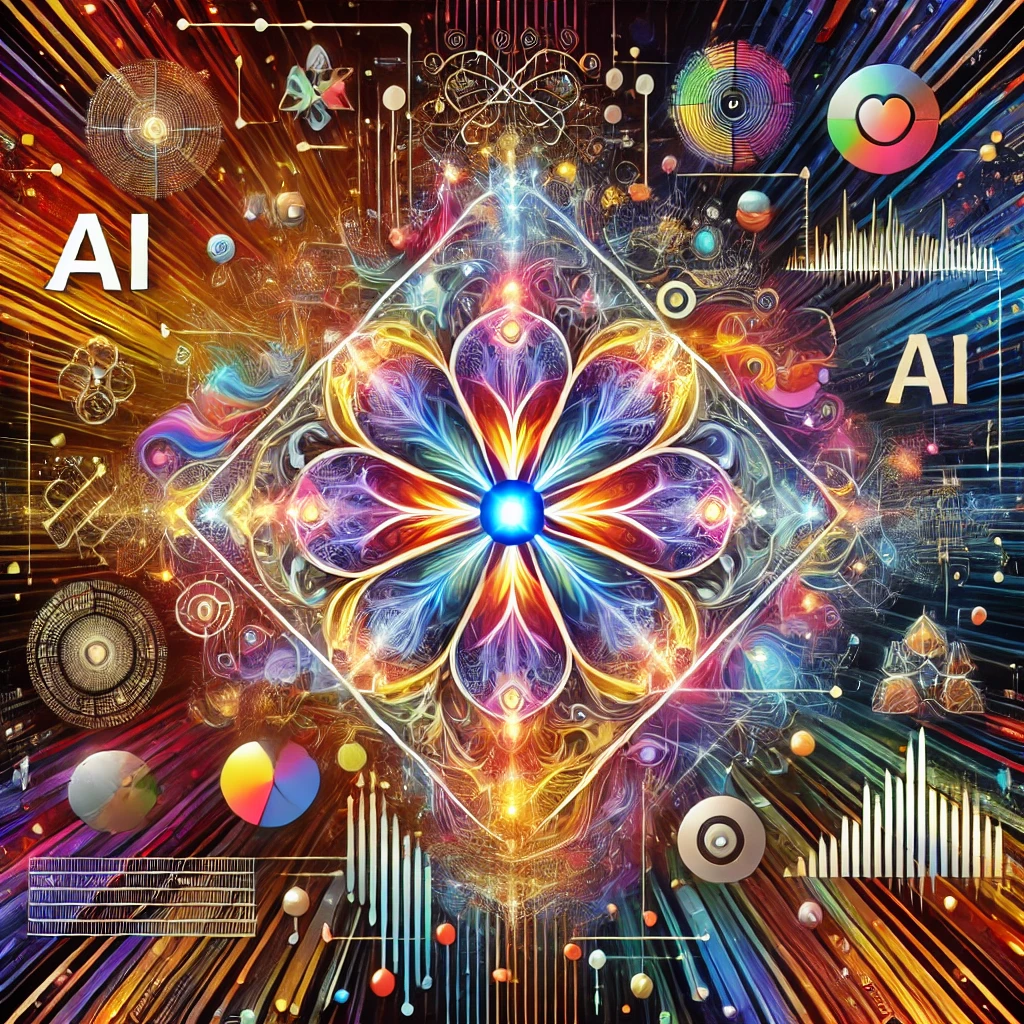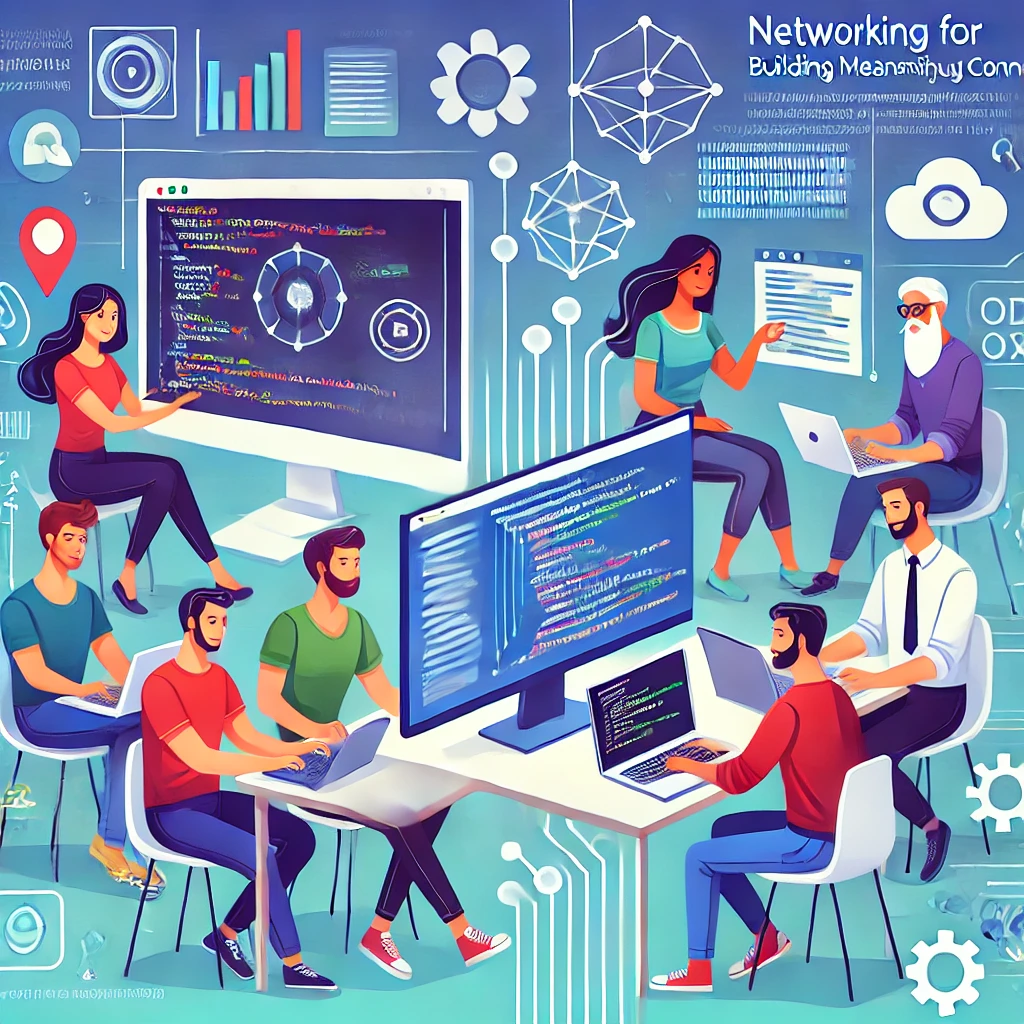The world of computer applications is constantly evolving, driven by technological advancements and changing user needs. As we look ahead, several key trends are set to shape the future of computer applications, transforming how we interact with technology and enhancing our daily lives. In this blog post, we’ll explore these trends in detail and discuss their implications for businesses and individuals alike.
1. The Rise of Artificial Intelligence (AI) and Machine Learning (ML)

The Rise of Artificial Intelligence
Artificial intelligence and machine learning are at the forefront of technological innovation. These technologies are enhancing the capabilities of software applications, allowing systems to learn from data, improve accuracy, and provide personalized experiences.
For instance, AI-powered virtual assistants like Siri and Alexa have become commonplace in our lives, helping us manage tasks and access information quickly. In business, machine learning algorithms can analyze vast amounts of data to identify patterns and trends, enabling more informed decision-making. Industries such as healthcare are leveraging AI for predictive analytics, improving patient outcomes by anticipating health issues before they arise.
As AI and ML technologies continue to advance, their integration into everyday applications will become more seamless. Expect to see smarter applications that can adapt to user behavior, offering tailored recommendations and enhancing overall user experience.
2. Quantum Computing: A Game Changer
Quantum computing is another exciting trend that promises to revolutionize the field of computing. Unlike classical computers that process information using binary bits (0s and 1s), quantum computers use qubits, which can represent multiple states simultaneously. This unique property allows quantum computers to solve complex problems at unprecedented speeds.
The implications of quantum computing are vast. In fields such as cryptography, quantum computers could break traditional encryption methods, necessitating new security protocols. In drug discovery, they could simulate molecular interactions more accurately than ever before, accelerating the development of new treatments. As this technology matures, it will unlock new possibilities for computational tasks that are currently infeasible.
3. The Expanding Internet of Things (IoT)

The Expanding Internet of Things (IoT)
The Internet of Things (IoT) continues to grow rapidly, connecting a wide array of devices and sensors that collect and share data. This trend is facilitating real-time data processing and analysis, which enhances decision-making across various sectors such as agriculture, manufacturing, and smart cities.
For example, in agriculture, IoT sensors can monitor soil moisture levels and weather conditions to optimize irrigation schedules. In smart cities, connected devices can manage traffic flow and energy consumption more efficiently. As IoT applications become more sophisticated, they will require expertise in embedded systems and data interpretation, making this a crucial area for future software development.
4. Edge Computing: Processing Data Closer to the Source
As the volume of data generated by IoT devices increases, edge computing is becoming essential. This approach processes data closer to its source rather than relying solely on centralized cloud servers. By reducing latency and improving response times, edge computing enhances applications in areas such as autonomous vehicles, real-time analytics, and remote monitoring systems.
For instance, in autonomous vehicles, edge computing allows cars to process data from sensors in real time to make split-second decisions about navigation and safety. This capability is particularly important for industries requiring immediate data processing capabilities. As edge computing technology evolves, it will play a critical role in enabling faster and more efficient applications.
5. Heightened Focus on Cybersecurity
With the increasing reliance on digital solutions comes a heightened focus on cybersecurity. Future computer applications must incorporate robust security measures to protect against evolving threats. This includes implementing advanced encryption techniques, utilizing machine learning for threat detection, and ensuring compliance with data privacy regulations.
As cyber threats become more sophisticated—ranging from ransomware attacks to data breaches—the demand for secure applications will continue to grow. Businesses must prioritize cybersecurity in their application development processes to safeguard their data and maintain customer trust.
6. Augmented Reality (AR) and Virtual Reality (VR): Immersive Experiences

Augmented Reality (AR) and Virtual Reality (VR)
Augmented reality (AR) and virtual reality (VR) technologies are transforming user experiences across various sectors such as education, gaming, training simulations, and retail. These immersive technologies enable interactive learning environments that enhance engagement and retention.
In education, AR can bring lessons to life by overlaying digital information onto the physical world, while VR can create fully immersive simulations for training purposes. In retail settings, AR allows customers to visualize products in their own space before making a purchase decision.
As hardware becomes more accessible and software development tools improve, the integration of AR and VR into mainstream applications is expected to increase significantly. Businesses that leverage these technologies will be able to create unique customer experiences that stand out in a competitive market.
7. The Emergence of Low-Code/No-Code Development Platforms
The rise of low-code and no-code development platforms is democratizing software development by allowing non-programmers to create applications through visual interfaces. This trend enables businesses to rapidly prototype solutions without extensive coding knowledge.
Low-code platforms provide pre-built templates and drag-and-drop functionalities that simplify the development process. As these platforms evolve further, they will empower a broader range of users—including business analysts and project managers—to contribute to software creation.
This democratization of application development fosters innovation and agility within organizations as teams can quickly respond to changing business needs without relying heavily on IT departments.
Conclusion: Embracing the Future
The future of computer applications is marked by rapid technological advancements that promise to enhance efficiency, security, and user experience across various sectors. By embracing trends such as AI/ML integration, quantum computing innovations, IoT expansion, edge computing capabilities, enhanced cybersecurity measures, immersive AR/VR experiences, and low-code/no-code platforms, businesses can position themselves for success in an increasingly digital world.
As we move forward into this exciting era of technological evolution, those who adapt quickly will likely gain a competitive edge while creating innovative solutions that meet the ever-changing demands of users everywhere. The future holds immense potential—let’s embrace it!



Thank you for your sharing. I am worried that I lack creative ideas. It is your article that makes me full of hope. Thank you. But, I have a question, can you help me?
I don’t think the title of your article matches the content lol. Just kidding, mainly because I had some doubts after reading the article.